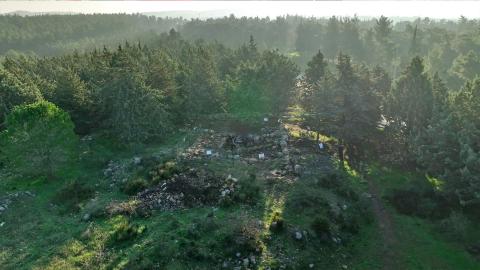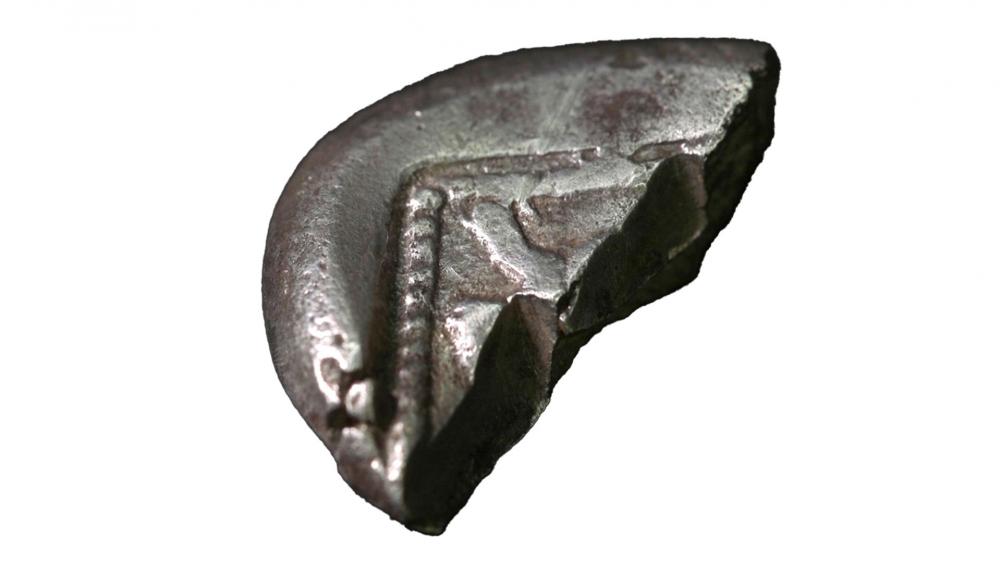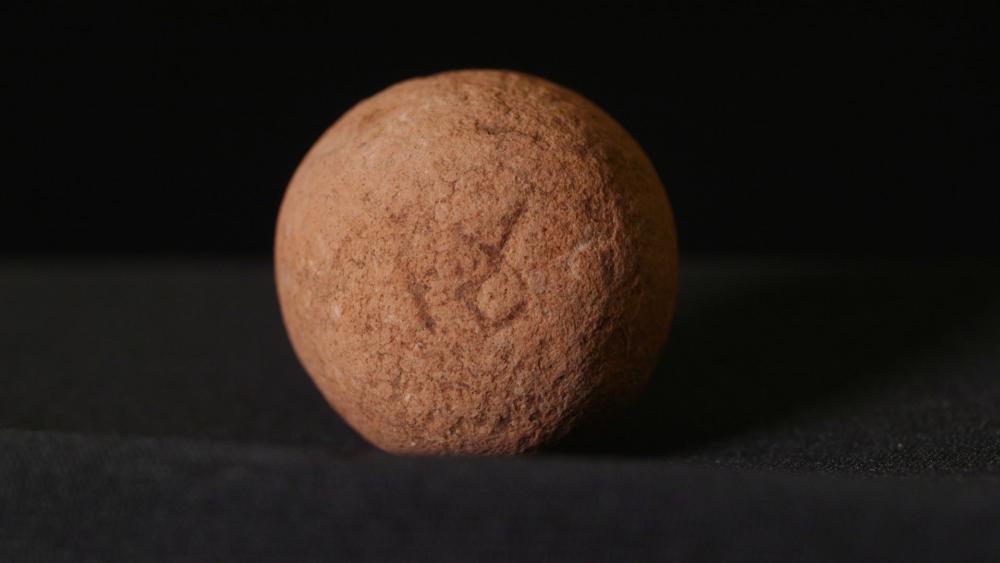
Rare Ancient Silver Coin found During Dig in Hills Near Jerusalem
JERUSALEM, Israel – Israeli archaeologists working at a dig in the Judean Hills outside Jerusalem have found a very rare ancient silver coin more than 2,500 years old.
The coin is from the First Temple period (Solomon’s Temple), 2,550 years ago, during the Persian rule of King Cyrus.
 It was discovered during an excavation sponsored by the Israel Antiquities Authority (IAA) as a highway construction project was going forward. A “characteristic ‘four-room house’” from the same period was also uncovered at the site in a different location from the coin.
It was discovered during an excavation sponsored by the Israel Antiquities Authority (IAA) as a highway construction project was going forward. A “characteristic ‘four-room house’” from the same period was also uncovered at the site in a different location from the coin.
The coin, which was minted outside Israel, was found cut in two, indicating that it had been weighed as a piece of silver, despite its original use as money.
Dr. Robert Kool, head of the IAA’s Numismatic Department, says only six such coins have been found in Israel.
“The coin was minted in a period when the use of coins had just begun. The rare find contributes information concerning the way trade was carried out, and the process whereby global commerce moved from payment to payment by weighing silver pieces to the use of coins.”
On the floor of the house, archaeologists also found a stone weight, which excavation directors Michal Mermenstein and Danny Benayoun say will shed light on how trade was conducted in that period.
 “The dome-shaped stone weight would have been used for weighing metals, spices, and other expensive commodities,” they explained.
“The dome-shaped stone weight would have been used for weighing metals, spices, and other expensive commodities,” they explained.
They added, “The sign on the weight was an ancient Egyptian (hieratic) abbreviation for the word shequel, and the single incised stroke represents one shequel.” This, they said was a standard weight in the kingdom of Judah, “showing that commodities were carefully weighed in the markets.”
The excavation site is in the Judean Hills southwest of Jerusalem, not far from the valley of Elah, where the Bible says David slew Goliath.
Excavation directors Michal Mermelstein and Danny Benayoun explained, “The site was situated in the rural area of the Kingdom of Judah, whose capital was in Jerusalem. It was settled in the First Temple Period, in the 7th Century BCE (2,700 years ago), during the reigns of the kings of Judah – Hezekiah, Manasseh, Amon, and Josiah, a peak settlement period in the kingdom of Judah.”
IAA Director Eli Escusido stated, “It is always surprising, how important findings are discovered in unexpected places. The tiny coins are a crucial source of information in archaeology. They provide us visual details, inscriptions, and dates.”
Escusido marveled that through a small object like a coin, “it becomes possible to trace human thought processes and observe that our economic habits have remained largely unchanged for thousands of years – only the technology has changed. In this context, it is interesting to consider future archaeological research in a world that has adopted electronic commerce.”




